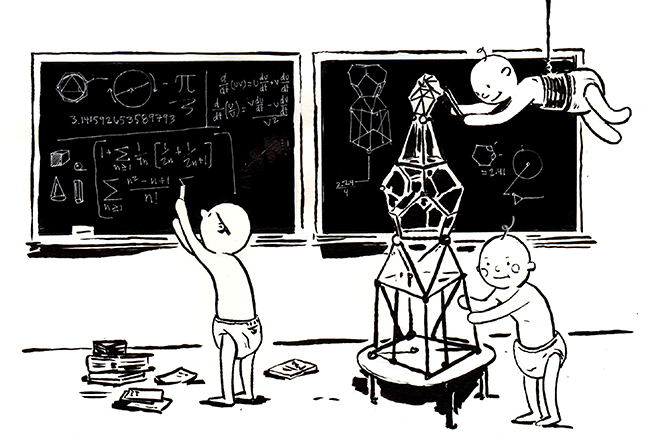Zeitguide to Education Technology

Back-to-school rituals have taken on a technology tilt—and price tag. Trip to the mall? Out. Today 43% of customers use smartphones for back-to-school shopping. Tech gadgets are a lot pricier than pencils and calculators, too; this annual spending spree costs the parent of a middle schooler an average of $1,001.
No. 2 pencils have given way to tablets (used by nearly one-third of students to do homework), smartphones (42% of 6th graders) and laptops (65%). Some 30 million U.S. school students use Google education apps. Other popular online platforms include Seesaw, which enables educators and parents to view and comment on children’s projects.
The jury is still out on whether any of these technology additions are aiding learning. A six-year research project from the Department of Education on cybertechnology programs found them to have minimal impact on academic performance.
Such findings don’t seem to be putting the brakes on Silicon Valley’s interest in EdTech. Companies like Seesaw, Google, Apple and Microsoft—not to mention dozens of startups—are recruiting teachers as “brand ambassadors,” giving them freebies, trips to conferences and other perks. In return, the teachers introduce the technology to kids, parents, and peers and talk about it on Twitter and Instagram. Cash-strapped public schools are left to figure out if such tech evangelism is a conflict of interest or a blessing.
The most obvious financial benefits of EdTech so far may be found in higher education. Amid an escalating student loan crisis, the deflationary effects of e-learning offer obvious appeal to some students. The growing trend toward digital rentals has helped reduce the cost of textbooks. Low-cost or free MOOCs (Massive Open Online Courses) are increasingly replacing or complementing lecture halls.
Technology is also starting to reshape how lessons are conceptualized for college. New York-based Knewton used artificial intelligence to build a program that measures students’ knowledge of prerequisite material and assign appropriate lessons in math, economics and general chemistry. Other professors are discovering the power of breaking down lessons into single-concept modules. They are also “flipping” class structures, so students get their introduction to material in the form of short videos, and then discuss and apply the lessons in the classroom. Research demonstrates such methods do improve learning, although they create considerably more work for students.
But not every technology application makes things harder for students. Taking a cue from their pupils, 44% of middle school teachers have incorporated memes, emojis and GIFs into their lessons. Don’t scoff, says Liz McMillan, CEO of Dictionary.com, which conducted the survey. “It’s natural for teachers to find new and compelling ways to connect with their students in a language they understand. Right now, it’s using the language that’s seen on sites and digital forums, from Snapchat to Instagram to texts between friends.”
